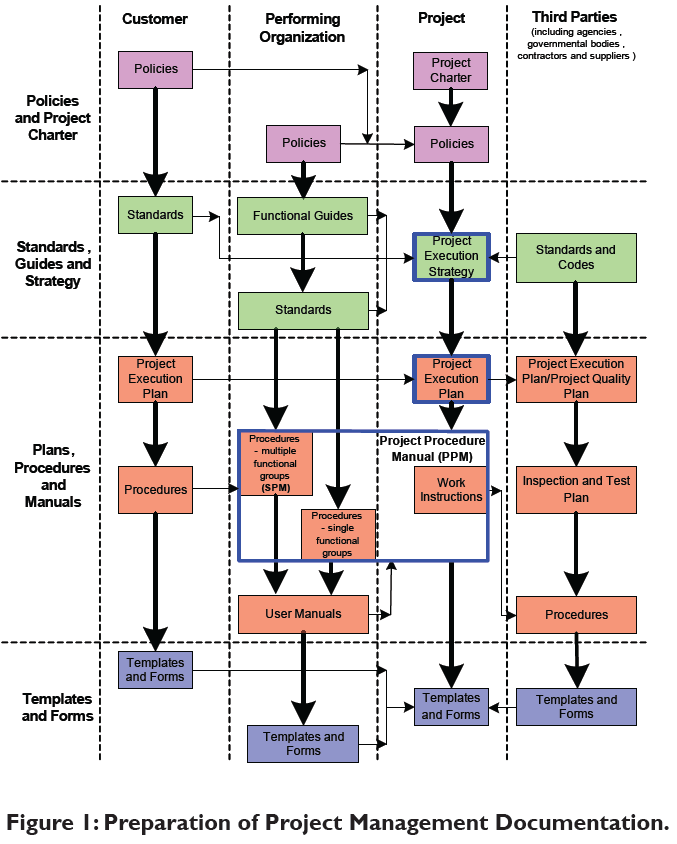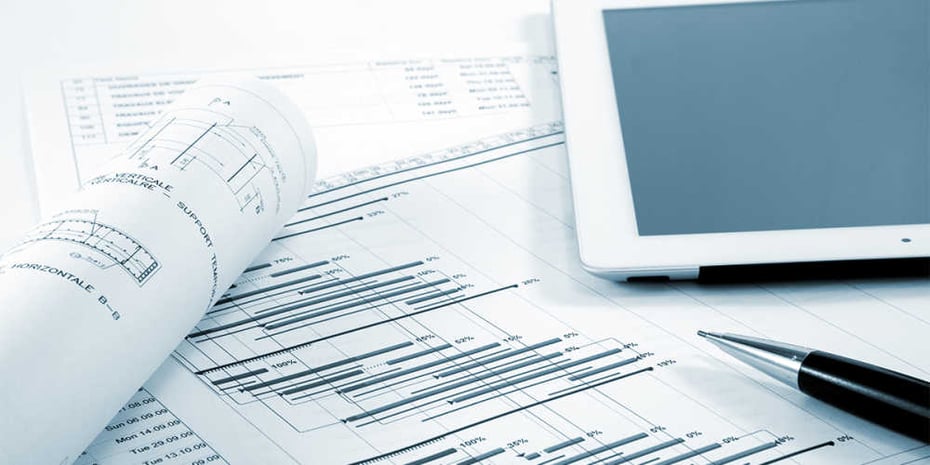Browsing Intricacy: How Construction Document Management Software Application Can Aid
Wiki Article
Enhancing Process Efficiency: Designer's Professional Approaches for Building File Management
In the realm of architectural design and building, the careful monitoring of records stands as a cornerstone for project success. These strategies not only guarantee smooth job development yet additionally hold the key to opening enhanced productivity and accuracy in the intricate realm of construction document management.Trick Record Company Strategies
When managing construction papers, among the crucial methods that designers utilize is establishing a methodical and effective company system. This system usually entails classifying files based on their type, such as illustrations, specs, agreements, and permits. By creating distinct and clear classifications, engineers can promptly locate certain info when needed, saving time and lessening errors in the building procedure.Within each group, designers even more arrange papers by creating subfolders or utilizing numbering systems to signify alterations or versions (construction document management). This ordered structure guarantees that one of the most appropriate and present details is easily accessible while preserving a document of adjustments made throughout the task timeline
Furthermore, designers frequently make use of electronic paper monitoring platforms that supply functions like keyword search functions, version control, and gain access to restrictions to improve organization and partnership amongst project stakeholders. These tools simplify the document retrieval process, promote real-time updates, and help with seamless communication, ultimately contributing to the overall success of the building job.
Collaborative Platform Combination
To enhance file administration efficiency in construction projects, architects seamlessly integrate joint systems to improve communication and improve coordination among task stakeholders. By leveraging joint systems such as job management software, cloud-based storage space systems, and interaction tools, architects can create a central center for all project-related papers and communication channels. These systems permit group participants to gain access to, review, and team up on records in real-time, minimizing delays and the risk of errors linked with standard file management approaches.Collaborative system integration additionally promotes openness and liability within the project team, as all stakeholders have presence into the latest task updates and modifications. By centralizing interaction and document sharing, designers can guarantee that all employee are functioning from the most current information, minimizing the chances of disputes or misconceptions arising due to outdated papers.
In addition, collaborative platforms allow seamless partnership in between engineers, contractors, clients, and other project stakeholders, promoting a much more natural and effective job operations. By damaging down interaction obstacles and promoting details exchange, architects can drive productivity and innovation in construction projects, ultimately leading to successful project outcomes.
Variation Control Ideal Practices
Applying reliable variation control techniques is crucial for preserving file accuracy and consistency in building jobs. By developing a clear system for handling revisions, project teams can ensure that everybody is functioning from the most up-to-date go to this web-site documentation, minimizing the risk of mistakes and inconsistencies throughout the building phase.One of the crucial ideal methods for version control is to designate distinct identifiers to every document version. This can be achieved by utilizing a numbering system or date stamp that clearly shows the order of alterations. By clearly labeling each version, team members can conveniently track the progression of the record and determine the most current version.

Automation Devices for Performance

Document control software, like Procore or PlanGrid, streamlines project documentation, making it conveniently accessible to all stakeholders. These systems permit real-time partnership, version control, and automated back-ups, protecting against information loss. Additionally, Building Details Modeling (BIM) software program automates the generation of building and construction illustrations and guarantees that adjustments are synchronized throughout all related records.
Integrating automation devices with cloud storage space remedies even more enhances accessibility and safety. By automating the file monitoring procedure, task groups can focus their time and initiative on value-adding activities, ultimately improving efficiency and task end results.
Secure Information Monitoring Solutions
Properly safeguarding and managing task data is extremely important in the building and construction sector to make certain discretion and stability throughout the project lifecycle. Building firms can make use of encrypted cloud storage services to securely share and keep job files with accredited workers.Additionally, making use of electronic rights management (DRM) tools adds an additional layer of safety by stopping the unauthorized circulation or duplication of project documents. Routine data back-ups are important to alleviate the threat of data loss see this here due to unforeseen situations like equipment failures or cyber-attacks. Collective platforms with built-in safety functions make it possible for smooth interaction and documents sharing among job employee while maintaining information honesty.
Final Thought
Finally, carrying out vital document company methods, incorporating joint platforms, practicing variation control ideal techniques, making use of automation tools, and taking on protected data monitoring services are important methods for boosting operations efficiency in building file administration. These professional methods can simplify procedures, enhance communication, make certain precision, and keep information security throughout the construction project lifecycle.In the realm of building style and building and construction, the careful monitoring of records stands as a keystone for project success. These methods not just guarantee smooth task development but additionally hold the vital to unlocking boosted productivity and precision in the elaborate world of building and construction document monitoring.
To optimize document administration effectiveness in construction tasks, architects perfectly incorporate collective platforms to boost communication and improve control amongst task stakeholders. These systems enable group members to gain access to, review, and collaborate on documents in real-time, lowering hold-ups and the danger of mistakes linked with typical file management approaches.
Using automation devices in construction record management dramatically boosts performance and improves procedures for job teams. construction document management.
Report this wiki page